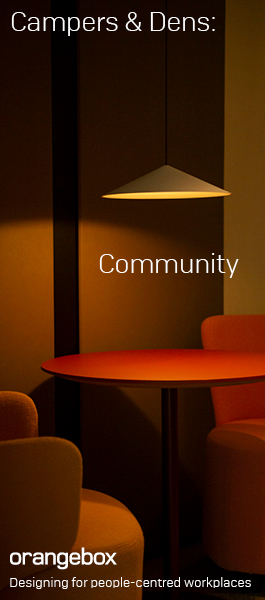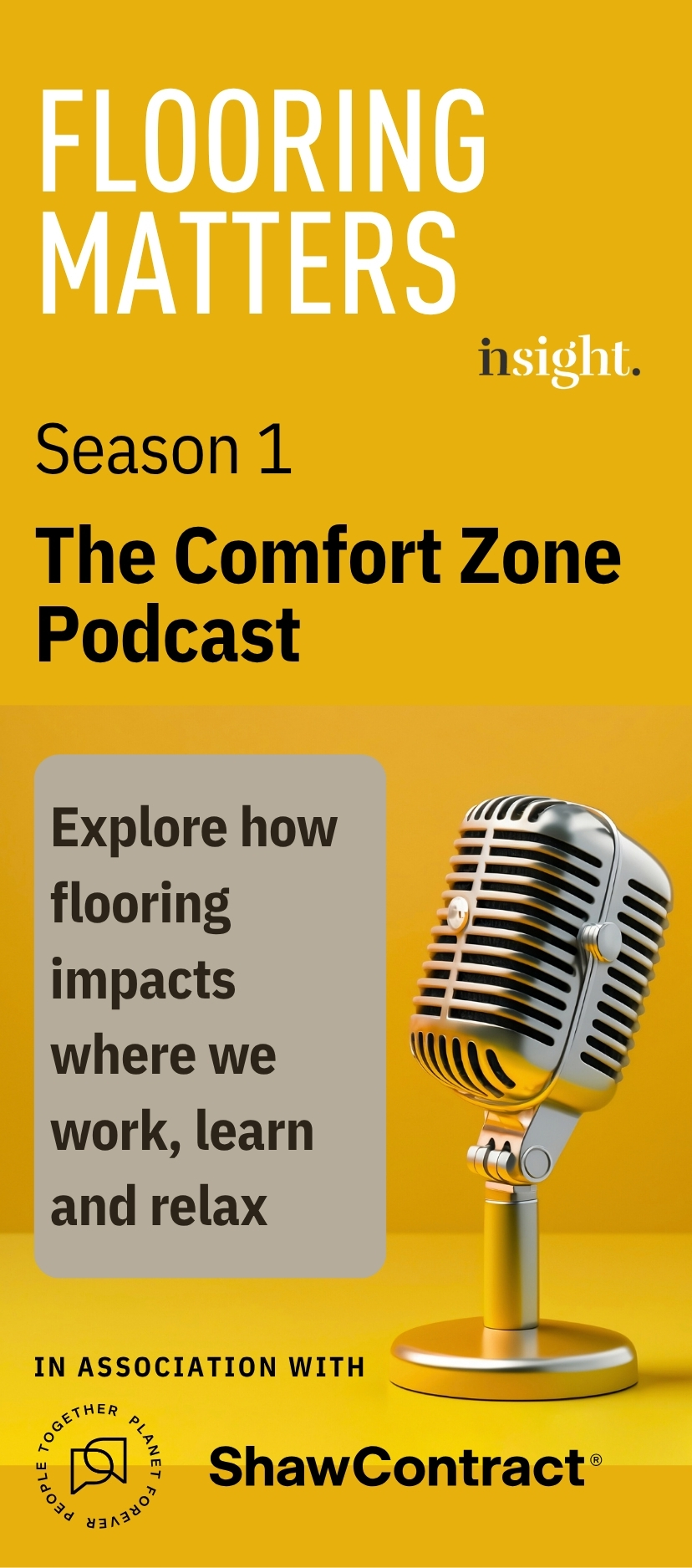April 6, 2016
Londoners unsure about the city’s proliferation of tall buildings 0
 A new poll from Historic England claims that nearly half of Londoners (48 percent) think the now 430 tall buildings planned for the capital will have a negative impact on the skyline, compared to the 34 percent who think they will have a positive impact. The study also claims that more than half do not know how to make their voice heard. The figures were released as Loyd Grossman, Chairman of the Heritage Alliance, Sir Laurie Magnus, Chairman of Historic England and architect Sir Terry Farrell wrote an open letter calling for a clearer strategy on tall buildings for London. When asked which planning applications they would like to be consulted on, 60 percent believed people across the city should have a say if a tall building is proposed in a historically important place. But currently it is usually only those in surrounding areas who are consulted on proposals for buildings that may be so tall they affect views and settings for miles around.
A new poll from Historic England claims that nearly half of Londoners (48 percent) think the now 430 tall buildings planned for the capital will have a negative impact on the skyline, compared to the 34 percent who think they will have a positive impact. The study also claims that more than half do not know how to make their voice heard. The figures were released as Loyd Grossman, Chairman of the Heritage Alliance, Sir Laurie Magnus, Chairman of Historic England and architect Sir Terry Farrell wrote an open letter calling for a clearer strategy on tall buildings for London. When asked which planning applications they would like to be consulted on, 60 percent believed people across the city should have a say if a tall building is proposed in a historically important place. But currently it is usually only those in surrounding areas who are consulted on proposals for buildings that may be so tall they affect views and settings for miles around.






























April 6, 2016
What Johan Cruyff can teach us about the contemporary workplace 0
by Andrew Brown • Comment, Facilities management, Workplace design
(more…)